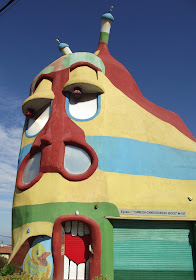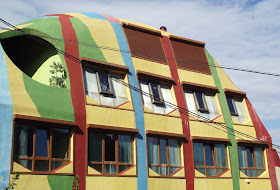The National Art Gallery of Bulgaria is housed, along with the Ethnographic Museum, in Sofia Palace. This started life as the local headquarters of the Ottoman Empire. After Bulgarian independence in 1878 the building was remodelled as a palace for Prince Alexander Battenberg, the first post-independence monarch. The principal architect was Viktor Rumpelmayer, of Vienna.
Only the foundations and part of the façade were retained. The style is decidedly Second Empire. The palace was inaugurated on 26 December 1882. In 1894-96 the next monarch, Prince (later Tsar) Ferdinand Saxe-Coburg Gotha had the architect Friedrich Grünanger, also of Vienna, add the north-east wing. Neo-Baroque crept in.
The National Gallery moved into the palace in 1946, after the communists abolished the Bulgarian monarchy, and following destruction in 1944 of the gallery's original home. The exhibition space utilises the ballroom, a number of drawing and dining rooms, and one of the winter conservatories. All the rooms boast gorgeous tile or parquet flooring, and unique marble fireplaces.












